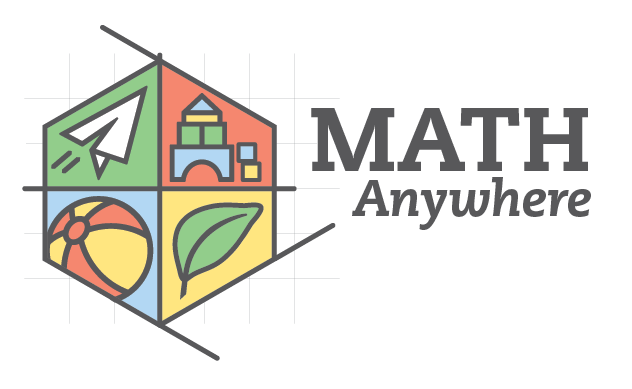“You like ‘poTAYtoes’, and I like ‘poTAHtoes’, you like ‘toMAYtoes’, and I like ‘toMAHtoes’…”
Sorry, I couldn’t resist.
The game Same or Different? is one of the easiest games to understand and immediately play because we humans play it constantly without realizing it. Categorization is an important kind of mathematical thinking, and this game, like Which One Doesn’t Belong, encourages that. So let’s play! Look at the two groups in the above image, and ask Same or Different?
Same: They are both foods in the produce aisle.
Different: Tomatoes are fruit, potatoes are root vegetables.
Same: They are both about the same size and spherical shape.
Different: The tomatoes have leafy parts. (Follow-up: What if the potatoes had sprouting roots?)
Different: The tomatoes are red, the potatoes are brownish. (Follow-up: What if the potatoes were the red variety?)
Same: They both are in a big bin and there are hundreds of them.
You get the idea!
This is also a game where you can incorporate the mathematical principles of size, position, quantity and shape while playing.
The video from the How-to page demonstrates how this game might go with kids (videos on the How-to page are also now available in Spanish):


